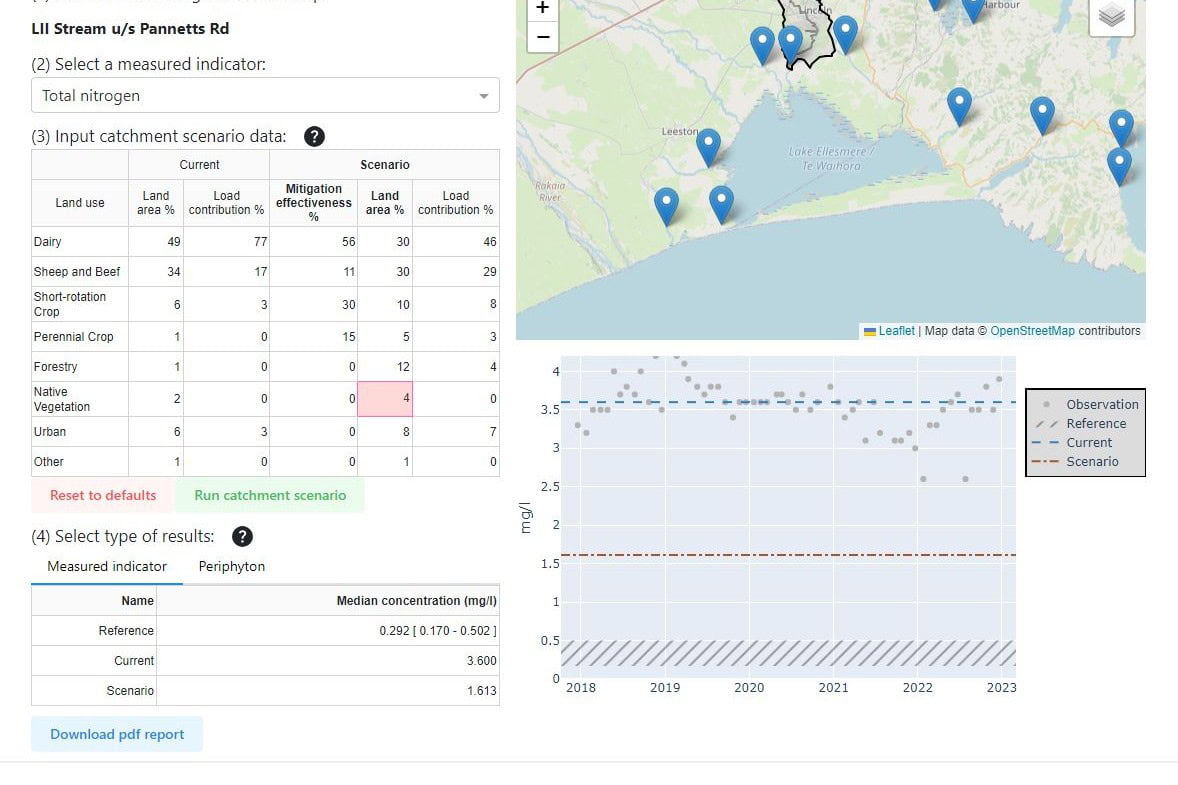August 30, 2024
Resources related to
E.coli
Charles Farmer, PIXNIO
Summer swims in a lake or river are an important part of Kiwi culture – but to be safe, the presence of E.coli (Escherichia coli) bacteria has to be minimised. These resources aim to reduce farm sources of E.coli and improve its detection.
Showing 1 - 12 of 31 results
Indirect faecal source tracking methods to elucidate critical sources and contaminant transfers through catchments – a review
In New Zealand, there is substantial potential for microbial contaminants from agricultural fecal sources to be transported into waterways. Understanding contaminant transport pathways from catchment…
Variability of E. coli in rivers during base-flow conditions
Water Microbiology Conference, May 2018 | NZ Freshwater Sciences Society Annual Conference, December 2018
gndDb, a Database of Partial gnd Sequences To Assist with Analysis of Escherichia coli Communities Using High-Throughput Sequencing
The use of culture methods to detect Escherichia coli diversity does not provide sufficient resolution to identify strains present at low levels. Here, we target…
The effectiveness of streambank fencing to improve microbial water quality: a review
This literature review collates published data on the effectiveness of fencing stock out of waterways to reduce faecal indicator bacteria concentrations in streams. Eighteen suitable…
A Heuristic Method for Determining Changes of Source Loads to Comply with Water Quality Limits in Catchments
A common land and water management task is to determine where and by how much source loadings need to change to meet water quality limits…
Development of a national-scale framework to characterise transfers of N, P and Escherichia coli from land to water
A hydrological framework encompassing nitrogen (N), phosphorus (P) and microbial (E. coli) transfer from land to water was developed to provide a consistent and rapid…
Mitigation of phosphorus, sediment and Escherichia coli losses in runoff from a dairy farm roadway
Dairy cow deposits on farm roadways are a potential source of contaminants entering streams. Phosphorus (P), suspended sediment (SS) and Escherichia coli (E. coli) loads…
 View Our Strategy Document 2019 – 2024
View Our Strategy Document 2019 – 2024


